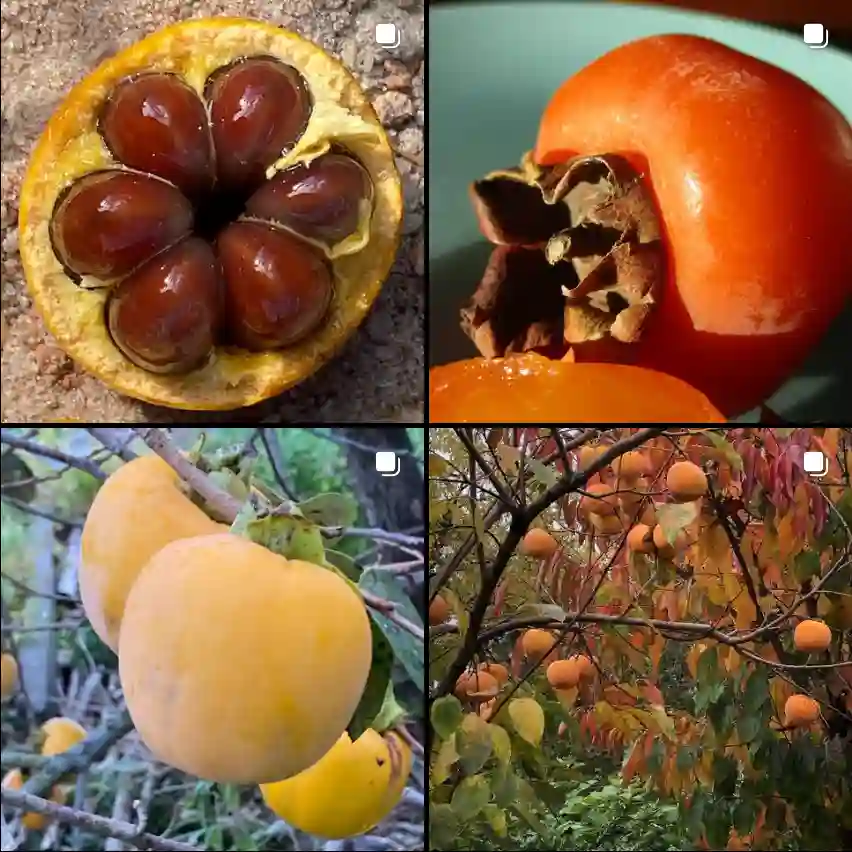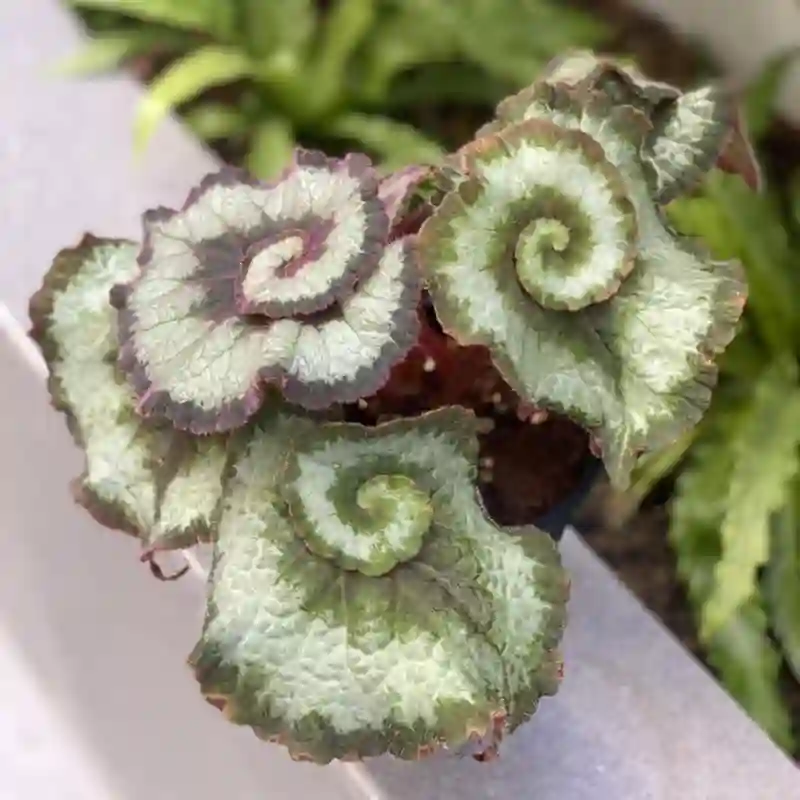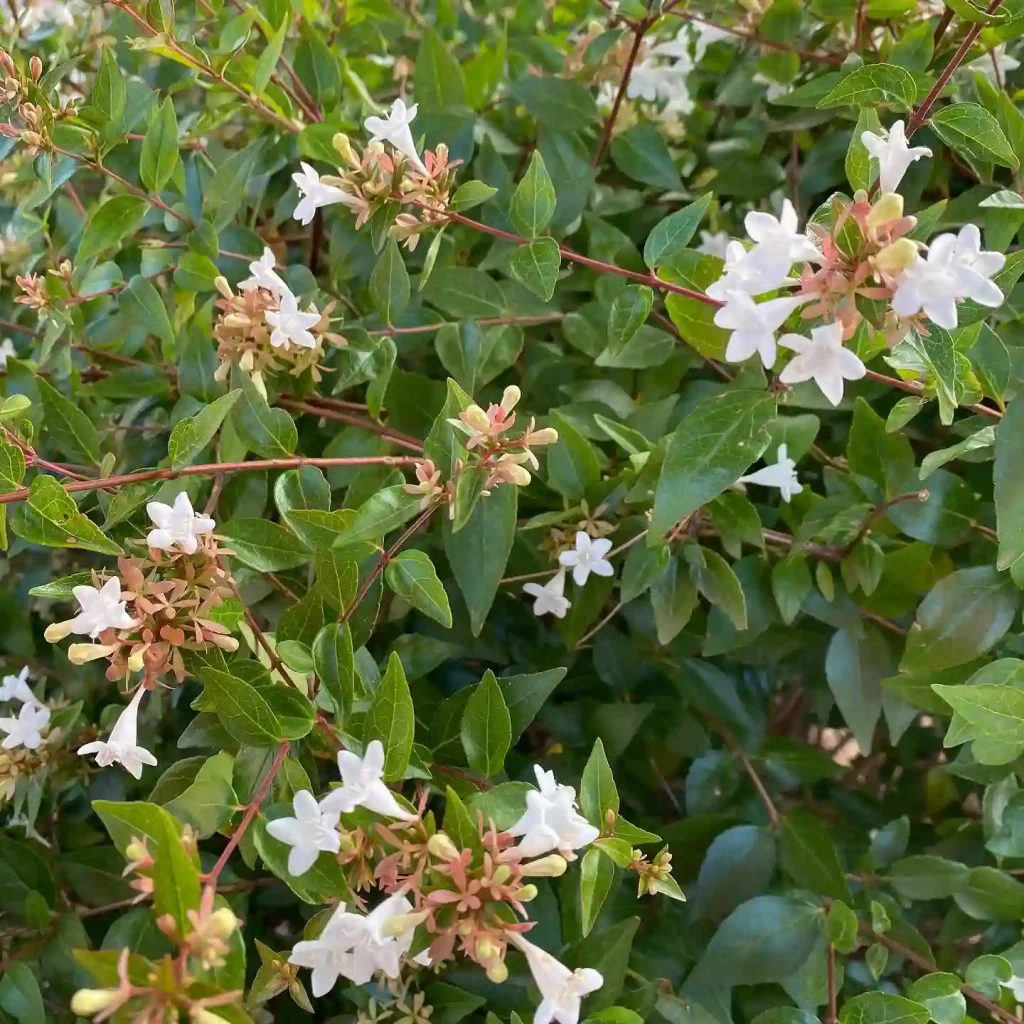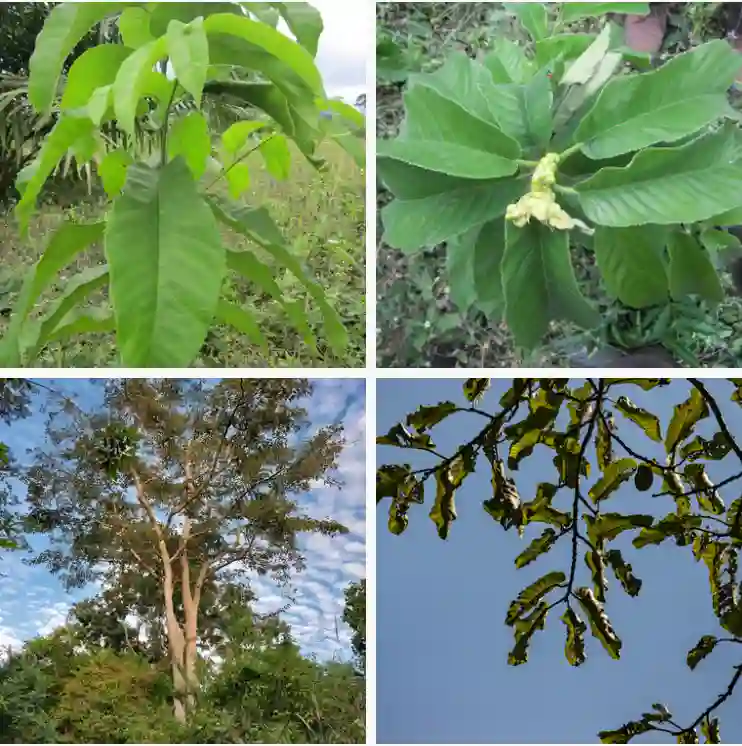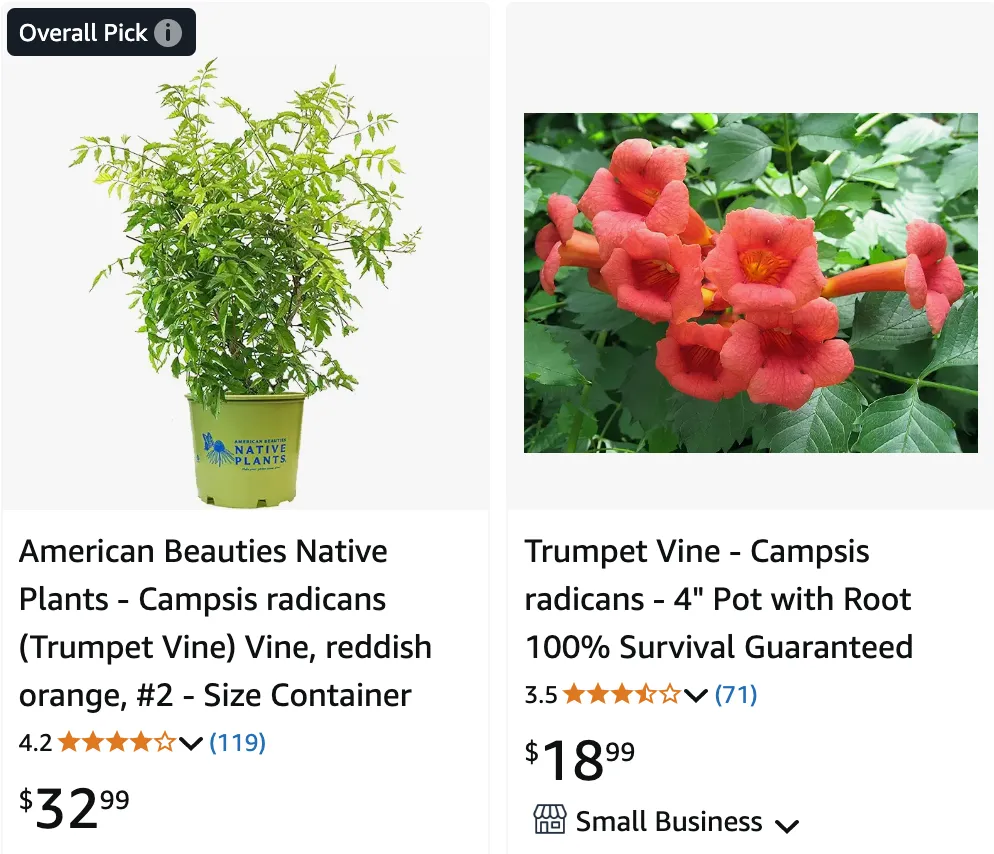
June 15 – Campsis
"Campsis, the trumpet vine, defines June 15."
Campsis symbolizes passion and energy. Like its vibrant, trumpet-shaped flowers, you bring boldness and vitality to everything you do. Your presence is dynamic, and your enthusiasm is contagious, inspiring those around you to take action and embrace life with vigor. Just as the vine climbs and spreads, your energy touches every corner of your world, leaving an unforgettable impression.
Trumpet Vines: A Symphony of Color
My name is Ferb Vu, and I’ve always been drawn to the vibrant beauty of flowering vines. Among my favorites is the Campsis genus, commonly known as trumpet vines or trumpet creepers. These vigorous climbers, with their showy, trumpet-shaped flowers, bring a touch of the exotic to any garden. Their vibrant hues and lush foliage create a symphony of color that captivates the eye and nourishes the soul.
A Closer Look at Campsis
The Campsis genus belongs to the Bignoniaceae family, a group known for its spectacular flowering plants. Native to woodlands in China and North America, these deciduous climbers are admired for their rapid growth and ability to cling to surfaces using aerial rootlets. This makes them ideal for adorning walls, fences, and trellises, transforming ordinary structures into living tapestries.
Campsis vines are relatively low-maintenance and thrive in a variety of conditions. They prefer full sun but can tolerate partial shade. Well-drained soil is essential, and regular watering, especially during dry spells, ensures optimal growth and flowering.
Species within the Campsis Genus
The Campsis genus comprises two primary species and their hybrid:
- Campsis radicans (American Trumpet Vine): This North American native is a vigorous climber, reaching heights of 30 feet or more. Its trumpet-shaped flowers, typically orange to red, bloom from mid-summer to fall, attracting hummingbirds and butterflies. – Plant FAQs: Campsis Radicans – Trumpet Vine
- Campsis grandiflora (Chinese Trumpet Vine): Hailing from East Asia, this species boasts larger, more flared flowers than its American counterpart. The blossoms, often a vibrant orange-red, create a stunning display against the backdrop of dark green foliage. – Plant FAQs: Campsis Grandiflora – Chinese Trumpet Vine
- Campsis × tagliabuana (Hybrid Trumpet Vine): This hybrid, a cross between C. radicans and C. grandiflora, combines the best traits of both parents. It offers a wider range of flower colors, including yellow, salmon, and apricot, and exhibits increased hardiness compared to C. grandiflora.
The Allure of Trumpet Vines
What I find most enchanting about Campsis is its ability to transform any space into a vibrant oasis. Whether cascading over a pergola, climbing a brick wall, or adorning a rustic fence, these vines add a touch of drama and elegance. Their lush foliage provides a welcome respite from the summer heat, while their vibrant blossoms inject a burst of color into the landscape.
Beyond their aesthetic appeal, trumpet vines play a vital role in the ecosystem. Their nectar-rich flowers are a valuable food source for pollinators, including hummingbirds, bees, and butterflies. By planting Campsis in our gardens, we contribute to the health and diversity of our local environment.
My Personal Connection
My fascination with Campsis began in my childhood. I remember being mesmerized by a neighbor’s trumpet vine, its fiery blossoms seemingly ablaze in the afternoon sun. The sight sparked a lifelong love for these remarkable plants.
Over the years, I’ve cultivated several Campsis vines in my own garden, experimenting with different species and cultivars. I’ve trained them to climb trellises, fences, and even an old oak tree, creating living sculptures that evolve with the seasons.
Each year, I eagerly anticipate the arrival of the first blooms, a signal that summer has truly arrived. The sight of hummingbirds darting among the flowers, their wings a blur of motion, fills me with joy.
A Timeless Beauty
In a world that often feels chaotic and unpredictable, Campsis vines offer a sense of stability and tranquility. Their enduring beauty reminds us of the cyclical nature of life, the constant renewal that occurs in the natural world.
Whether you’re a seasoned gardener or a novice enthusiast, I encourage you to consider adding Campsis to your landscape. These resilient and rewarding plants will bring years of enjoyment, transforming your outdoor space into a haven of color and life.
If i die, water my plants!
